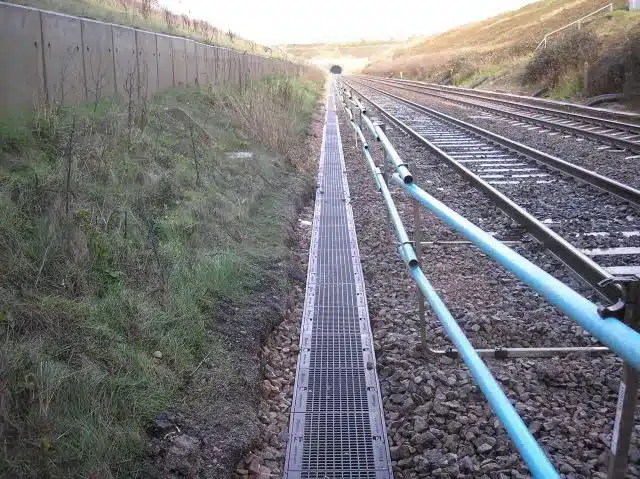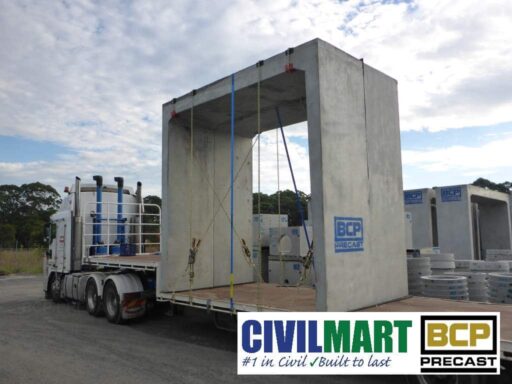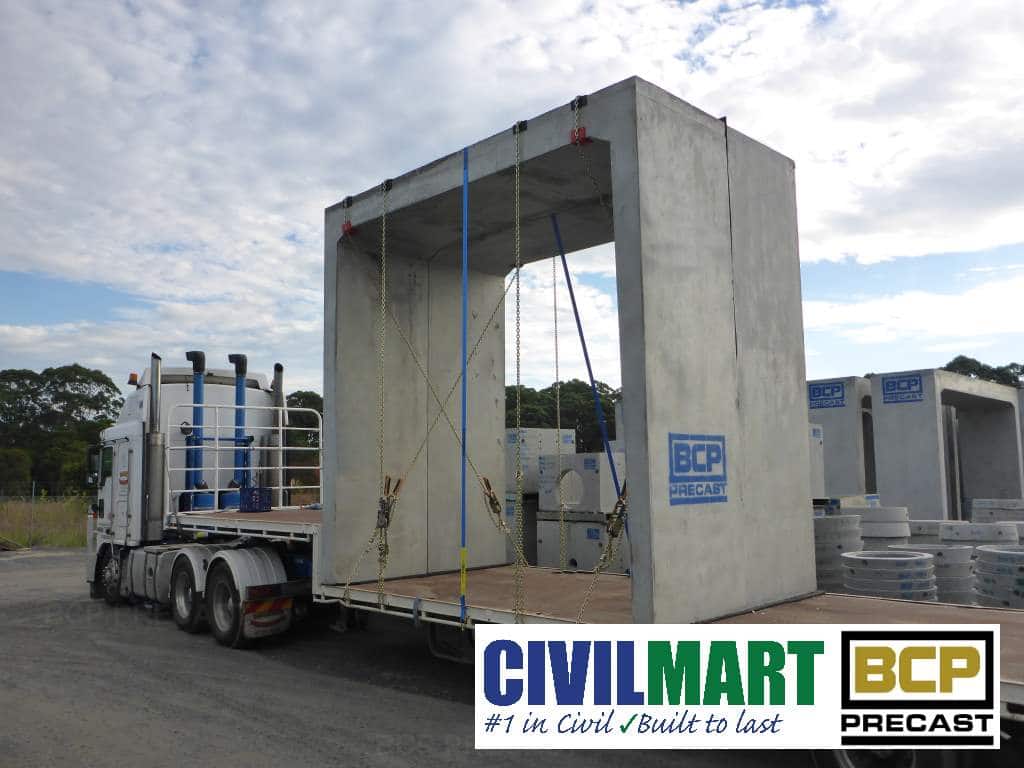Large box culverts play a crucial role in civil engineering and infrastructure development, especially in regions like New South Wales (NSW) where urban expansion and environmental management are top priorities. These precast concrete structures are widely used for managing water flow and creating safe, efficient crossings in both rural and urban landscapes. Their durability, ease of installation, and versatility make them a popular choice for engineers and contractors across a wide range of projects.
Below are five of the most common and important applications of large box culverts in NSW.
1. Stormwater Management Systems
One of the primary uses of large box culverts in NSW is managing stormwater. Heavy rainfall and flash flooding are not uncommon in many parts of the state, especially in coastal and regional areas. Box culverts provide a controlled channel for stormwater to pass under roads, railways, and pathways without causing surface flooding or structural damage.
In new developments, particularly in rapidly growing suburbs, box culverts are integrated into drainage infrastructure to reduce runoff and manage excess water. Their wide, boxy shape allows for a higher volume of water to pass through compared to traditional round pipes, making them highly efficient during peak flows. This application helps protect homes, businesses, and public assets from water damage.
2. Road and Highway Crossings
Large box culverts are also commonly used in road construction to create safe water crossings beneath highways, arterial roads, and rural tracks. In NSW, where regional areas often require new or upgraded road infrastructure, these culverts provide a simple and reliable way to allow watercourses to continue flowing without disrupting transport routes.
Unlike bridges, which require more space and longer construction times, box culverts can be installed quickly with minimal environmental impact. They are often used where smaller creeks or seasonal streams intersect with roads, ensuring continued access and safety during heavy rains. Their load-bearing capacity also makes them suitable for handling high traffic volumes and heavy vehicles.
3. Railway Drainage Systems

NSW has an extensive rail network, and maintaining the integrity of this infrastructure is vital. Large box culverts are frequently used beneath railway tracks to allow for proper drainage and water flow. Without effective drainage, water can pool beneath rail lines, causing erosion or weakening the foundations, which may lead to delays or safety hazards.
Box culverts support consistent and safe rail operations by ensuring that water can move freely under tracks, even during periods of intense rainfall. Their design allows for straightforward integration into rail infrastructure, providing a long-term, low-maintenance solution.
4. Agricultural and Rural Land Access
In regional and rural parts of NSW, large box culverts are essential for maintaining access across creeks, ditches, and drainage lines. Farmers and landowners often use these structures to provide crossings for vehicles and livestock, especially in flood-prone areas where watercourses frequently disrupt access.
Instead of constructing costly bridges, landowners can use box culverts to establish a sturdy, weather-resistant crossing that accommodates tractors, trucks, and other equipment. This is particularly useful on large properties or remote roads, where reliable access is critical for day-to-day operations.
5. Environmental and Wildlife Passages
A lesser-known but increasingly important application of box culverts is their use in environmental conservation. In NSW, efforts are being made to design infrastructure that considers local ecosystems and wildlife movement. Box culverts are sometimes used to create animal passages under roads, reducing the risk of vehicle collisions and allowing safe movement of species like wallabies, frogs, and reptiles.
When properly designed with natural substrates and vegetation, these culverts become part of the landscape, supporting biodiversity while also serving their original drainage function. Some projects in NSW even include dual-purpose culverts that handle water flow and wildlife traffic simultaneously, promoting both safety and sustainability.
Conclusion
Large box culverts are a vital component of infrastructure across New South Wales, supporting everything from flood prevention to transport and conservation. Their versatility, structural strength, and ability to be customised make them a preferred choice for engineers working on a wide range of civil projects.
Whether it’s managing stormwater in a growing suburb, allowing safe access on a rural farm, or helping native wildlife safely cross a highway, box culverts continue to prove their value in shaping a more resilient and connected NSW.


